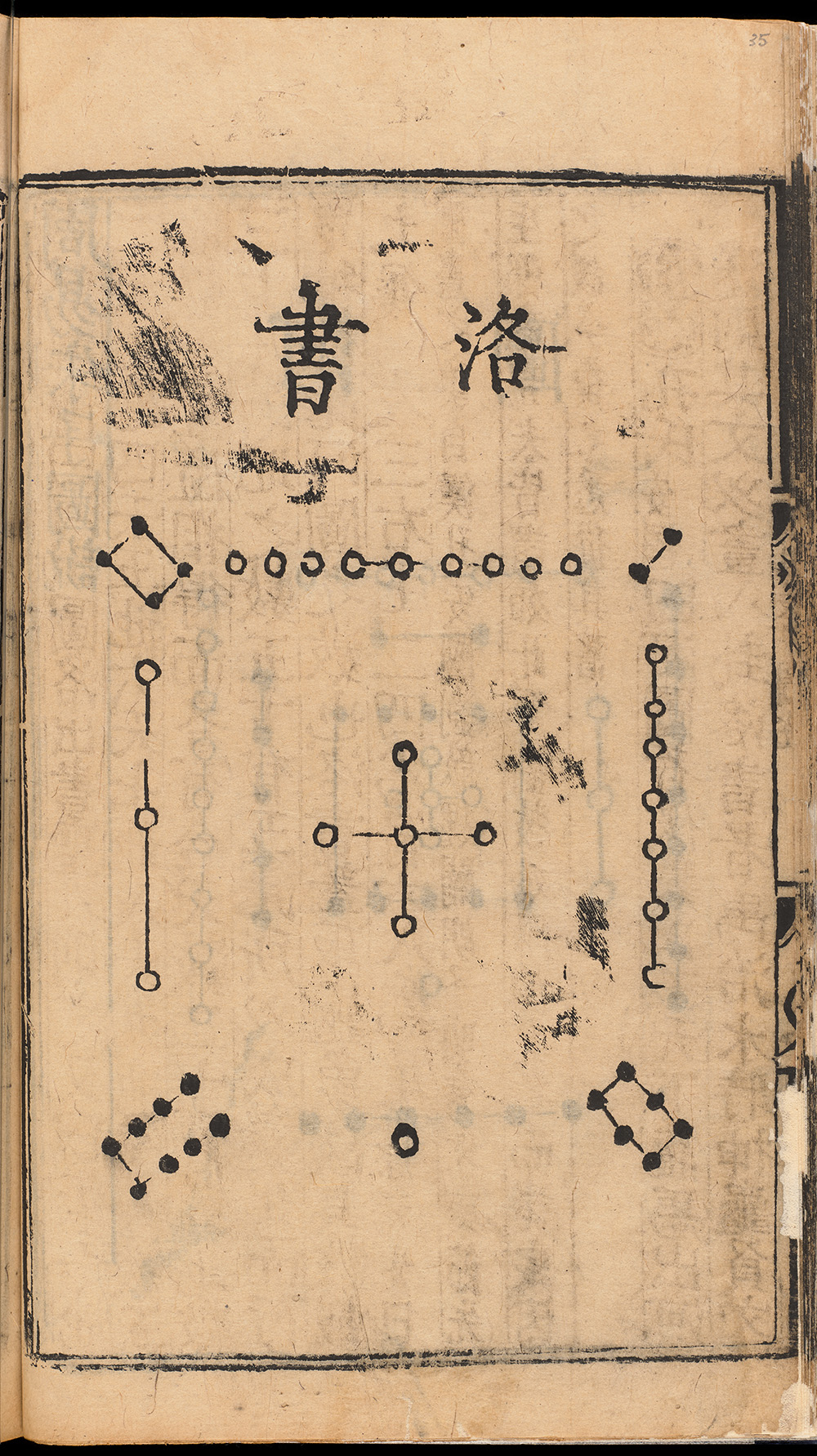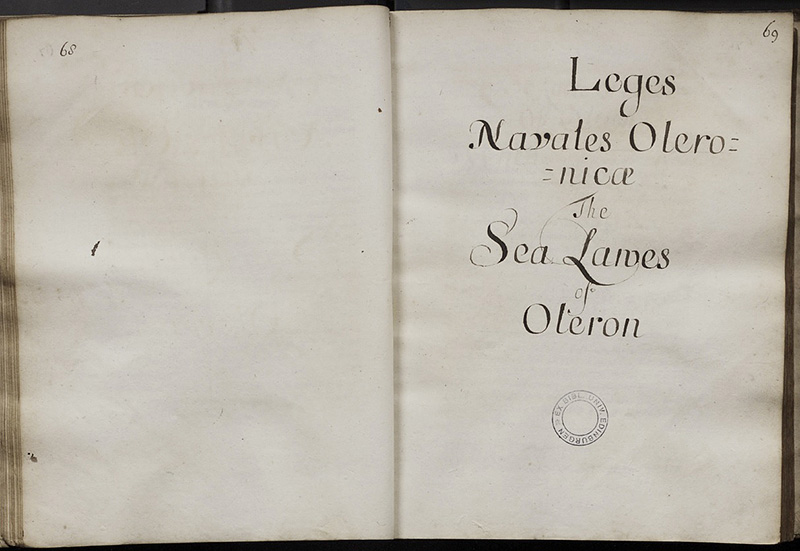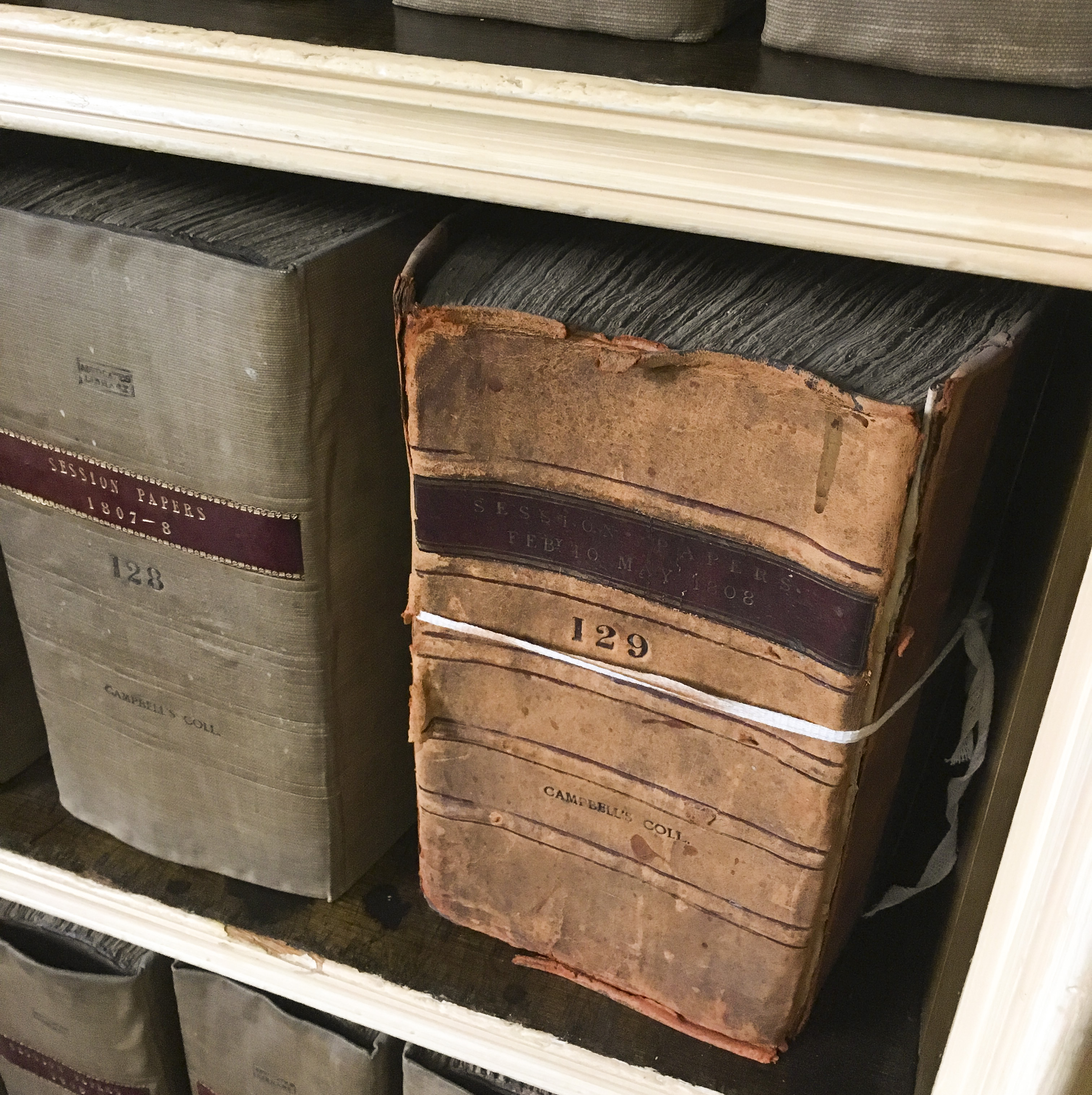 Just in time for the Chinese New Year we can announce that our copy of the Zhouyi zhuanyi Daquan is now available to view on our collections website – here. This is the earliest printed book in our collections, printed in 1440 in the Chinese province of Fujian. Zhouyi zhuanyi Daquan has become known in English as the Complete Commentaries on the Book of Changes. The Book of Changes itself is a seminal work on the subject of Confucianism.
Just in time for the Chinese New Year we can announce that our copy of the Zhouyi zhuanyi Daquan is now available to view on our collections website – here. This is the earliest printed book in our collections, printed in 1440 in the Chinese province of Fujian. Zhouyi zhuanyi Daquan has become known in English as the Complete Commentaries on the Book of Changes. The Book of Changes itself is a seminal work on the subject of Confucianism.
Category: <span>School of History, Classics and Archaeology</span>

Musica Getutscht (Basel, 1511) is the earliest printed treatise on musical instruments in the west. Written by Sebastian Virdung who was a priest and a chapel singer, it provides rudimentary instruction on playing the clavichord, lute and recorder. It was also the first of its kind to be written in a vernacular language, making it a widely accessible text. Both Virdung and his printer, Michael Furter, were no doubt aware that this would be an important document to offer the German-speaking world, changing the way music education was delivered and creating a new culture of amateur musicians and performers in the sixteenth century.
It’s the time of year for all things Robert Burns. Here in the DIU I have recently finished digitising a collection of Robert Burns Manuscripts. These are highly treasured manuscripts which make up part of our Iconics Collection. A fitting status for the bard himself. So, time raise a glass! The manuscripts comprise of letters of correspondence and poems such as Holy Willie’s Prayer, Love and Liberty: A Cantata and Address to Edinburgh.

The University’s Iconics Collection holds some of the institution’s most valued and treasured items, and the recent push for more digitisation of the University of Edinburgh collections has meant that the Iconic items are a high priority.
Recently I digitised Copernicus’ De Revolutionibus Orbium Coelestium (The Revolutions of the Heavenly Spheres). Copernicus is regarded as one of the central figures of the Scientific Revolution for his heliocentric theory. It is considered one of the key works in the history of western astronomy as it brought forth a new theory about the Universe and our place in it at a time where it was widely believed that everything in the Universe orbited a motionless, central Earth. It was also the first open criticism against Aristotelian and Ptolemic systems, which in addition to claiming Earth was central, employed the classical ideal of ‘celestial motions’ being eternally uniform and circular.
This unassuming little book is of the greatest national importance: it is the only copy in Scotland of the first book printed in Gaelic (Gaelic Liturgy; year 1567; shelfmark Dd.10.44.). After the Reformation there was a strong impetus, sponsored primarily by the Campbell Earls of Argyll, to evangelise the Highlands and Islands, where Gaelic rather than Scots was spoken. John Carswell, Bishop of the Isles, adapted John Knox’s Book of Common Order into Scottish Gaelic. It was a hugely ambitious undertaking, particularly considering it would be another two centuries before the New Testament was finally published in vernacular Gaelic. This copy has clearly been well-used.

 In this weeks’ blog post we are pleased to welcome our newest member of staff, Juliette Lichman. When not working on new orders, she has been preparing old ones to go into our Open Books Repository https://openbooks.is.ed.ac.uk/ Juliette has been discovering how easy it is to get drawn in to the complex and fascinating histories of the books…
In this weeks’ blog post we are pleased to welcome our newest member of staff, Juliette Lichman. When not working on new orders, she has been preparing old ones to go into our Open Books Repository https://openbooks.is.ed.ac.uk/ Juliette has been discovering how easy it is to get drawn in to the complex and fascinating histories of the books…
The university’s cherished Laing collection is an invaluable resource of important historical documents, and is a frequent subject on this blog. The fact that there are still so many unknown works and exciting discoveries to be made within the collection is astounding. I was lucky enough to experience this first-hand several weeks ago, during an afternoon of working through a deeply buried folder of book scans. I came across a Laing collection document that had incorrect and missing metadata. It appeared to be an unassuming manuscript (date unknown) with handwriting that was ornately scribed but difficult to decipher, though certainly English.
 Stories beget stories – it’s one of my favourite things about them – and archives are built on precisely this strength. Archival collections, like those at the University of Edinburgh, do not simply store and preserve artefacts, but actually become a medium through which stories, both existing and those yet to be told, can find a voice. As these musings might already indicate, I’ve been recently reminded of the centrality of stories to archives through my time as a volunteer in the Digital Imaging Unit working on various papers related to Rachel Erskine, née Chiesley (bap.1679-1745), or, as she is more infamously known, Lady Grange.
Stories beget stories – it’s one of my favourite things about them – and archives are built on precisely this strength. Archival collections, like those at the University of Edinburgh, do not simply store and preserve artefacts, but actually become a medium through which stories, both existing and those yet to be told, can find a voice. As these musings might already indicate, I’ve been recently reminded of the centrality of stories to archives through my time as a volunteer in the Digital Imaging Unit working on various papers related to Rachel Erskine, née Chiesley (bap.1679-1745), or, as she is more infamously known, Lady Grange.
 At present I am working on a pilot project, digitising the Scottish Court of Session Papers. The collection is held across three institutions; The Advocate’s Library, The Signet Library and the University of Edinburgh’s Library and University Collections. The collection itself consists of circa 6500 volumes, comprising court cases which span the 18th and 19th century.
At present I am working on a pilot project, digitising the Scottish Court of Session Papers. The collection is held across three institutions; The Advocate’s Library, The Signet Library and the University of Edinburgh’s Library and University Collections. The collection itself consists of circa 6500 volumes, comprising court cases which span the 18th and 19th century.
The aim of the pilot is to determine the most effect digitisation methods for these materials with a view to a potential mass digitisation project covering the entire collection. The digitisation tests and experiments I have been undertaking have raised the many challenges that such a large project would present, namely around the issue of recording metadata and which digitisation practices to employ in relation to the condition and size of any particular volume.
During a photogrammetry training session with Clara Molina Sanchez, we were recommended to choose objects with a matt surface, small to medium in size, and which didn’t have many holes or occlusions. We settled on a Gandharan Buddha from the Art Collection, a Paolozzi maquette from the Edinburgh College of Art collection and, just to test what would happen, a thigh bone trumpet wrapped in shiny metal filigree from the Musical Instruments collection.
Following on from a visit from the Confucius Institute in September, it was agreed we should digitize our volume of photographs from Lord Elgin’s 1860 military campaign in China. Our…

